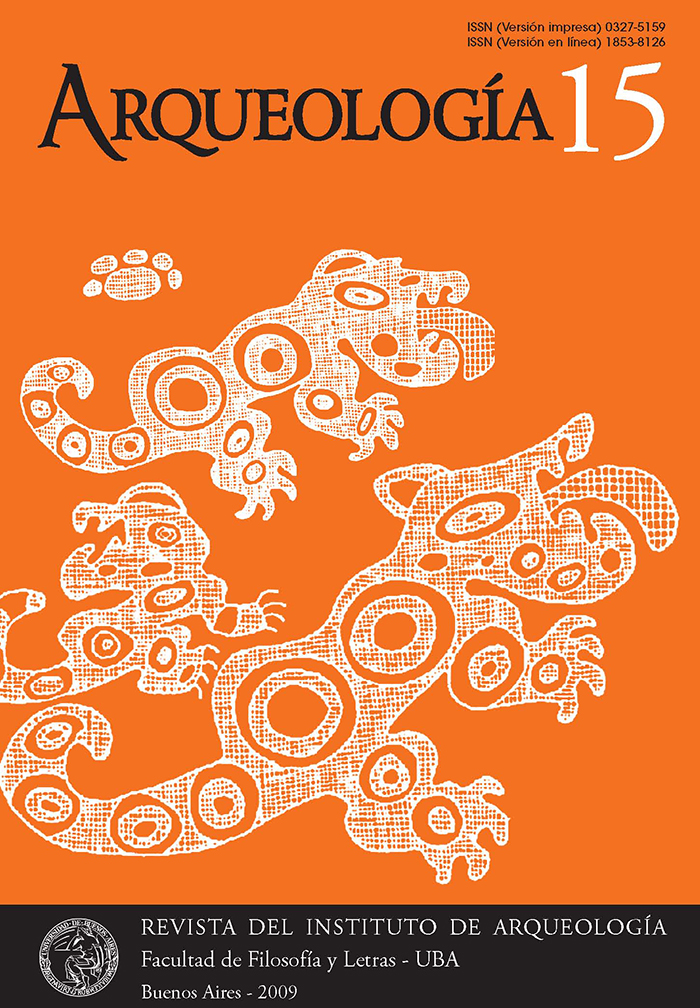Sierra de Zapata’s “Tambillo Nuevo” (Catamarca province)
Keywords:
Incas, Zapata Mountain Range, Architecture
Abstract
The site “New Tambillo”, also known as “Tambillo de Zapata II”, lays beside the provincial route N° 3, in the Zapata mountain range. It was discovered in the 90s’ by a group of investigators lead by Dr. Raffino. Because of the limited amount of time available at that moment, since a highly intensive research work was being carried out in the nearby site El Shincal de Quimivil (only a few kilometers away), this site could only be subject of a quick recognition, where a plan was made and some photographs were taken. As a result, the site has been scarcely mentioned so far in the bibliography referring to the incaico dominion of the South sector of the Hualfín valley, and the mountainous area of Zapata. Recent field trips allowed us to redefine and extend the available data, as well as to produce new information that will be presented in this work. Our objective is to incorporate the site to the repertoire of Inca facilities in the NOA, making in depth descriptions to schedule prospecting and excavation trips, aiming to understand its issues of an intrinsic as well as extrinsic nature.Downloads
Download data is not yet available.
How to Cite
Moralejo, R. A. (1). Sierra de Zapata’s “Tambillo Nuevo” (Catamarca province). Arqueología, 15, 207-215. Retrieved from http://revistascientificas.filo.uba.ar/index.php/Arqueologia/article/view/1705
Issue
Section
Reports
Authors who publish in this journal agree to the following conditions:
- Authors retain copyright and yield to the journal right of first publication with the work registered with attribution license Creative Commons, which allows third parties to use the published always mentioning the authorship of the work and first publication in this magazine.
- Authors can make other independent and additional contractual arrangements for the non-exclusive distribution of the version of the article published in this issue (p. Eg., Inclusion in an institutional repository or publish it in a book), provided that clearly indicate that the work was published for the first time in this magazine.
- It allows and encourages the author / s to publish their work online (eg institutional or personal pages) before and during the process of revision and publication, as it can lead to productive exchanges and greater and more rapid dissemination of work published (See The Effect of Open Access).





(1)13.png)






1.jpg)
1.jpg)


13.png)
1.png)


(1)1.png)









